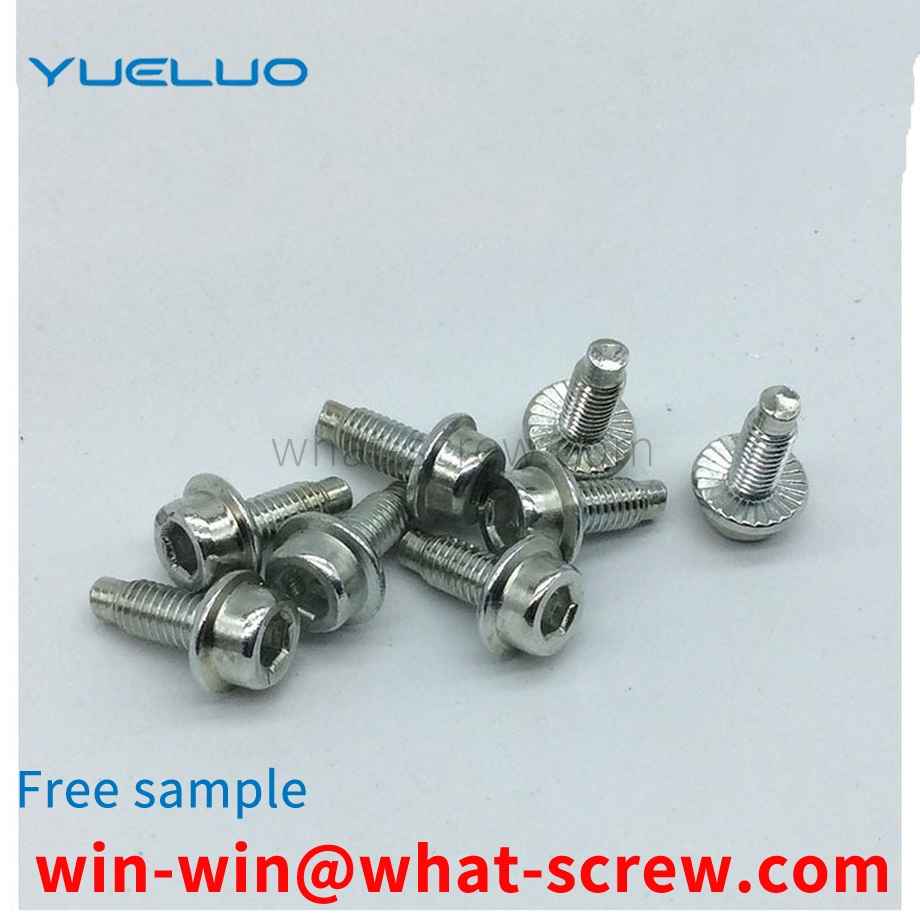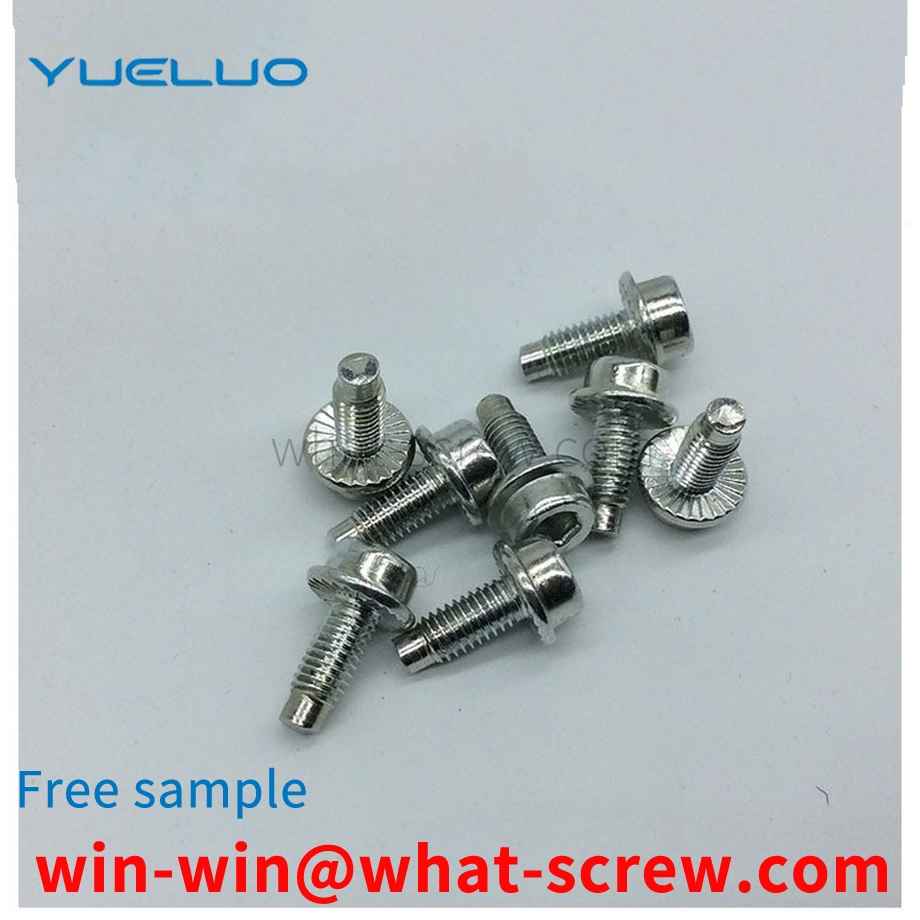The Chinese Patent Application No. 201320368989.2 discloses a pin, which includes a pin body and a cylindrical body part integrally provided with the pin body, a convex tip is provided on the cylindrical body part at one end of the pin body, and the convex The tip is horizontally arranged around the cylindrical body part and protrudes from the surface of the cylindrical body part. The connection between the cylindrical body part and the convex tip is provided with an inclined plane. Although this pin solves the problems of easy loosening and falling off to a certain extent, However, this kind of pin still has the problem of loosening and falling off in the case of bad working conditions and severe vibration.
Anti-loose washers are also known as anti-loose washers, self-locking washers, self-locking gaskets, DIN25201 anti-loose washers, double-stack self-locking anti-loose washers, double-stack wedge-type anti-loose washers, etc.
The screw refers to the screw (foreign name: Screw), which is a tool that uses the physical and mathematical principles of the oblique circular rotation of the object and the frictional force to gradually fasten the utensils and parts. A screw is a common term for fasteners, an everyday colloquial language. Metric threads are measured in MM (millimeters) and have a cusp angle of 60 degrees. Both US and Imperial threads are measured in inches. The cusp angle of the American thread is also 60 degrees, while the cusp angle of the imperial thread is 55 degrees.
Anti-loose washers are also known as anti-loose washers, self-locking washers, self-locking gaskets, DIN25201 anti-loose washers, double-stack self-locking anti-loose washers, double-stack wedge-type anti-loose washers, etc.
In order to solve the problem of nut loosening, various self-locking nuts have appeared, which have complex structure, high production cost, inconvenient installation and unsatisfactory anti-loosening effect. At present, the never-loosening nuts produced in Japan are mostly used, mainly in the form of double nuts. Each nut is provided with an eccentric cam protrusion, and each nut is provided with a groove and an inclined plane to squeeze the cam protrusion of each nut. When pressing, the cam protrusion of the nut will move to a small radius along the slope of the nut, so that the nut will not loosen, but whether it is a nut or a nut, it is always under the action of eccentric force. In addition, various non-loose nuts designed by many manufacturers are to increase the friction between the nut and the fastening workpiece or increase the barb to achieve the purpose of never loosening, but the effect is not ideal.
We have many years of experience in the production and sales of screws, nuts, flat washers, etc. The main products are: DIN186 screws, T-shaft bolts, copper nut columns, open countersunk rivets and other products, we can provide you with suitable fasteners solution.



















 Service Hotline
Service Hotline




